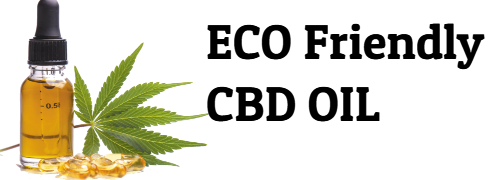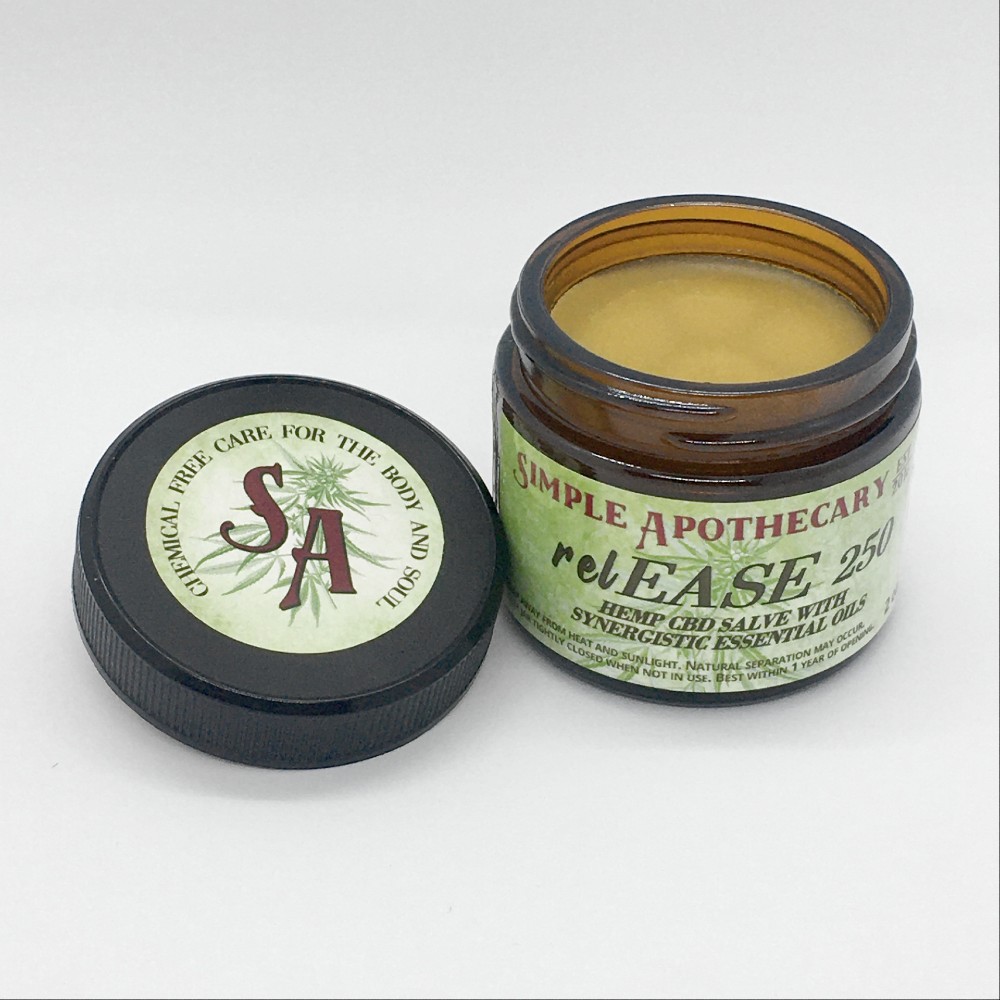“I am the raffinate!” These four cosmic words have stayed with me since John MacKay, Ph.D., said them. The scene was Concentration 2019 and the topic was cannabis extraction.
I introduced John as our keynote speaker and created a “John Mosaic” from the images I found, one of which showed the famous models. John had brought his soap, shampoo, and conditioner from his hotel room and he had them in a pile next to his molecular models.
The bath products were confusing. I had no idea where we were going, but after hearing John several times before, I really wanted to go.
Here John started talking about showering. He compared the process to cannabis extraction. The purpose of the shower is to remove dirt and debris to cleanse your body and leave it behind as raffinate.
True teachers can be hard to find. These are people who enjoy the chance to share their knowledge with other eager minds who are hungry for education. In addition, the best often spruce up their dialogue with a variety of analogies and unforgettable soundbites. John took a few things from his room to teach the audience in terms that everyone could understand. He added humor to the scary and made for a memorable and educational experience.
I recently spoke to John about his career, which put him in the heart of Cannabis sativa.
JSL: You’ve spent your career with natural products, haven’t you? How did you get into the cannabis industry? What was also different for you about working with an emerging industry that doesn’t have as many early structures as there are in other industries?
JM: I have spent my life developing tools for companies that relied on the qualitative and quantitative analysis of mixtures that could be separated using chromatography. In the 1980s, I focused on the initial development of photodiode array technology. In the 1990s this included interfacial chromatography with mass spectrometry. In the 2000s this included smaller packed chromatography columns and then the need for acquisition rates to keep up with the separation. Over the past decade, it has been scaling up the extraction and separation tools for the cannabis industry. In the early days of cannabis legalization, I helped bring the university-trained scientists together with the chemists trained by generations of practical knowledge. I believe both had the key to improving the processes in terms of the end product.
JSL: What are the three most important things you learned about cannabis that you didn’t know before entering the industry?
JM: Three out of hundreds of things I learned before I got into the industry? Take the number of days from late 2012 to 2021, multiply by at least three, and you will get a more precise value to choose from.
- My perception of the industry was based on prejudices about who was using the facility for what reason.
- My perception of the plant had a tendency based on “it’s just another natural product”.
- My perception of the work that had to be done to solve the challenges ahead was based on the first two. Politics, social affairs, science and economy.
JSL: What do you think is the most advanced cannabis extraction technology on the market right now? Are there techniques that you’ve seen in other industries that may work for cannabis but haven’t caught on yet?
JM: How long is a piece of string? Current technologies are based on what was done in dark laboratories in basements or garages. We have to be careful that technology is not limited to what it is today. When I pass fuel processing plants, pharmaceutical and biopharmaceutical facilities for medicine, universities with extensive research on natural products, and community colleges with facilities for training the next generation of keen minds in the science and chemical engineering of experimental processes, I see how bring it down Bring productivity and quality to market through design and new product formulations.
JSL: What do you think is the biggest misunderstanding in the world of cannabis extraction?
JM: The plant grows, magic happens and cannabis is on the shelf. Somewhere in the wondrous middle, magic happens. When people are faced with a phenomenon they do not understand, the mind invents things to bridge the unknown.
Concentration is the concept. Concentration has two main processes: extraction (using a different solvent, interacting with solutes – e.g. ethanol, hydrocarbon, carbon dioxide) and separation (using a mechanical separation that does not take into account the differences in solubility – e.g. hashish) .
JSL: In my crystal ball, I see you looking into your crystal ball and looking into the future of cannabis extraction and product purification techniques, do’s and don’ts, fads and mainstays. Can you describe the scene you see? Where is this industry going in 5 or 10 years?
JM: The turning point will come in the United States of America when research is allowed to be carried out in universities. This will open the doors for the creative minds of our enthusiastic youth. And then the experienced faculty will join the practitioners to make all phases of process control available to the market.
If this phase is not done correctly, there will be more political attitudes towards lobbyists, more media drama and more confusion due to the marketing of the products and formulations.
If done correctly, the United States will have over-the-counter formulations for personalized drugs made from compounds that are currently more illegal. Stores will have shelves of health and wellness products for the educated consumer to choose from. There will be an understanding of the effects and precautions of interactions with other compounds.
JSL: How do you suggest that those new to the industry search the marketing literature to lay a solid foundation for scientific fact?
JM: Marketing should be like natural products. This is not easy with the full spectrum products because there are so many compounds that could or should be in them. It is difficult to look at products with a full spectrum. More products are rated by consumers as more and more people use them and add their opinions.
JSL: Looking back on your career and all of your experiences, what do you think the cannabis industry offers that you may not have been able to achieve before?
JM: I’m going to give you three analog viewpoints (analogy and logic blending):
- Lewis and Clark Opportunity: President Lincoln funded the Program to Find the Easy Path to the Pacific. It was a time of a whole new world. They relied on the local experts to guide them. The expedition, combined with their “state-of-the-art” documentation of what they saw, opened the west to the industrial east coast and changed the world.
- It reminds me of the second verse of Chris Stapleton’s song “Starting Over”.
This may not be an easy time
There are rivers to cross and hills to climb
Some days we might fall apart
And some nights could feel cold and dark
But nobody gains fear of losing
And the tough roads are the ones worth choosing
One day we’ll look back and smile
And do you know it was worth every mile
- We bring pharmacognosy, ethnobotany and personalized medicine to the next generation with challenges in chemistry and chemical engineering.

